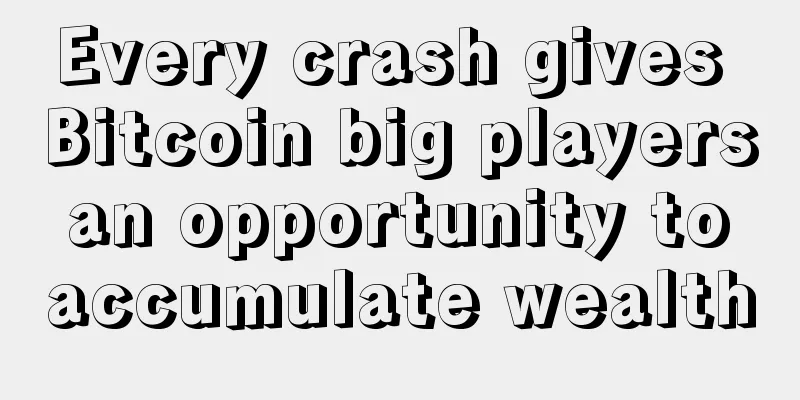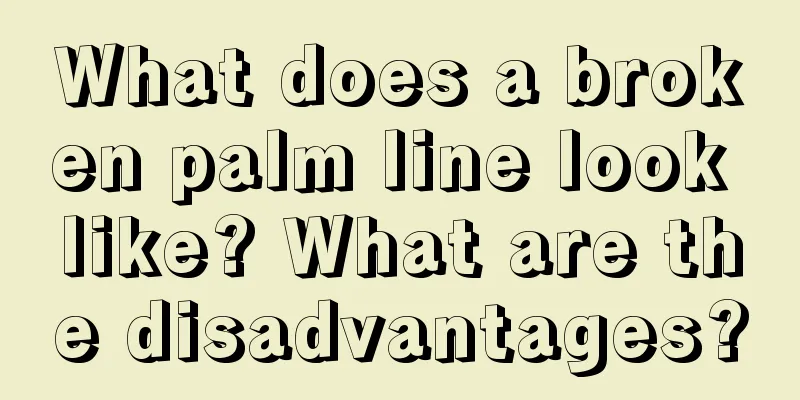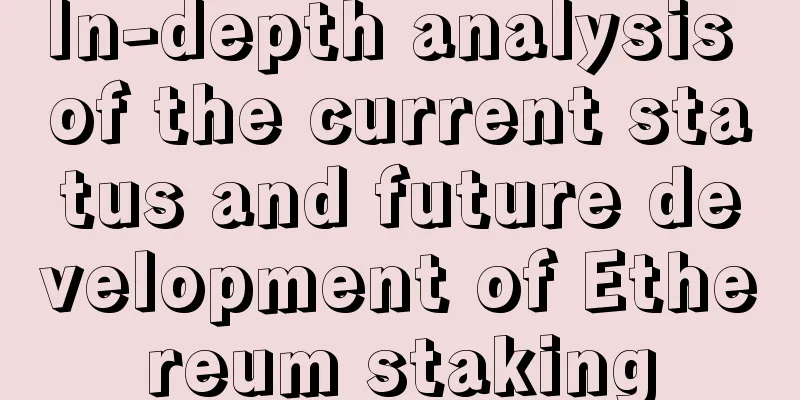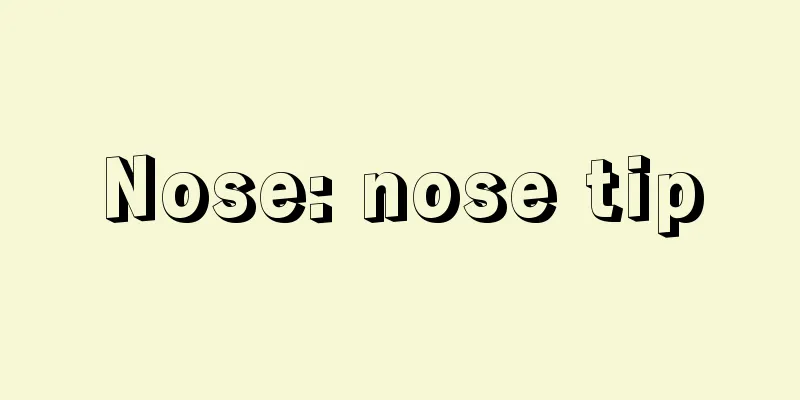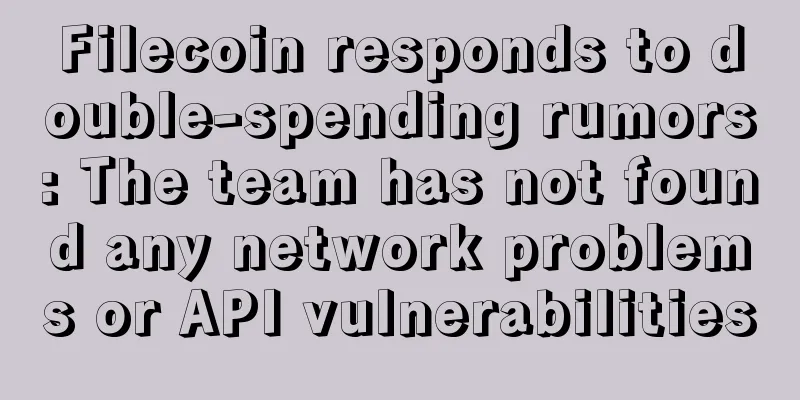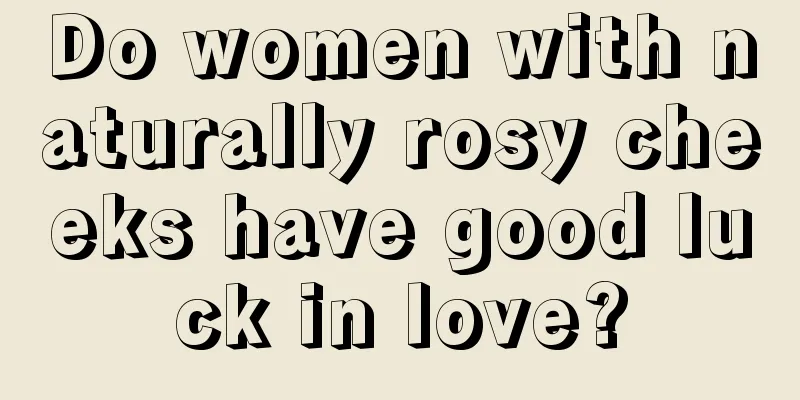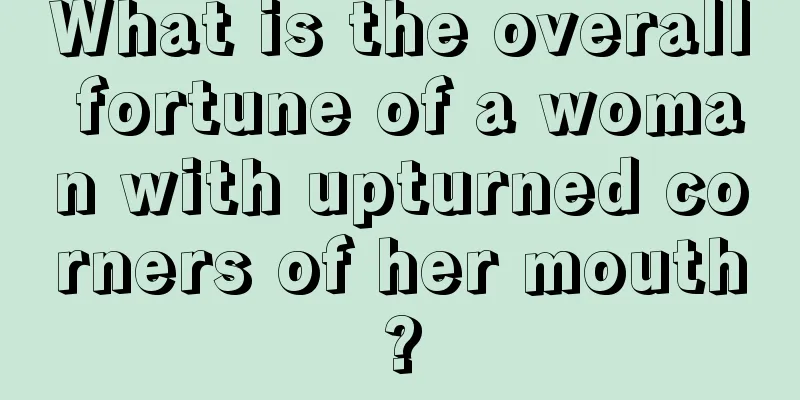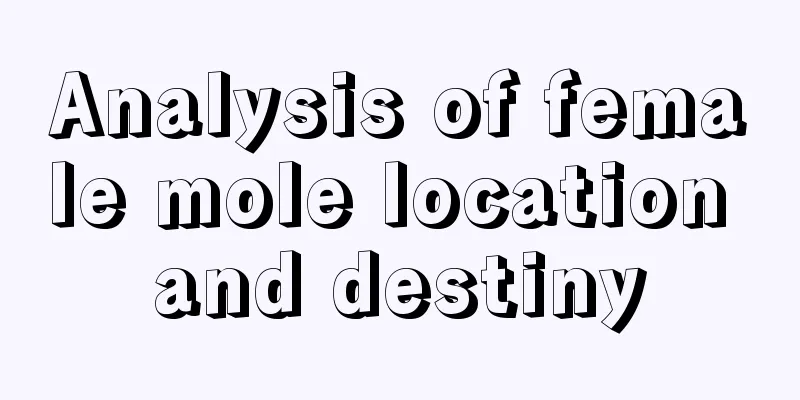Why regulators are trying to broker blockchain integration for Irish banks
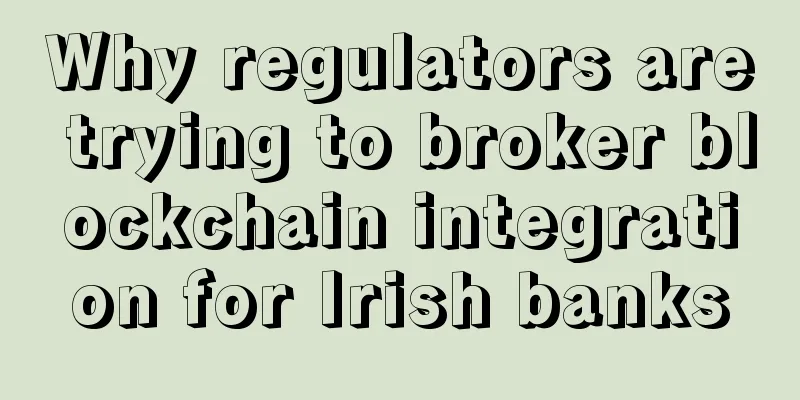
Translation: Annie_Xu While much of the news has been about the activities of the global banking consortium R3, the increasing exploration of smaller regional banks has been overlooked. For example, Bank of Ireland, one of the country’s “Big Four” banks, recently revealed that it is working with Deloitte to explore blockchain technology in the area of transaction reporting. The project involves the bank’s global markets department, which has been trying to build a blockchain-based reporting mechanism for the entire transaction cycle since January. The bank noted that the trial was partly prompted by regulators. Stephen Moran Stephen Moran, Innovation Manager at Bank of Ireland, reiterated:
Blockchain technology may be able to address increasing regulatory requirements and the costs that come with them.
Transformation pace Moran said that the Bank of Ireland’s interest in blockchain stems from two sources: First, banks, like global financial institutions, have noticed that people are beginning to become skeptical about the underlying technology of Bitcoin and its potential for practical banking applications;
Moran unfolded a bigger picture for us, pointing out that whether from the perspective of consumer experience or the back-end of the bank, banks choose to view blockchain as a trend of in-depth digitalization of the banking system. He further elaborated on the bank’s interest in blockchain and its desire to test the technology and deploy other financial technologies.
The process mirrors that of other banks around the world, with the seismic shift causing many institutions’ business units to shift resources and ideas toward potential application development.
A bright future Moran said the transaction reporting test project was prompted by the bank's innovation department's desire to move beyond discussion of use cases and into actual action. The test, which is currently using Deloitte’s Rubix blockchain platform, has raised concerns among bank innovation chiefs about how to evaluate and select existing platforms or networks. The final project will definitely be very rewarding.
Other use cases include remittance and value transfer, which the bank’s Ireland-UK money transfer business in particular needs to explore. Whatever the use case, it requires internal testing as well as joint testing with Deloitte and other partners. Looking ahead Moran pointed out that the Bank of Ireland sees the potential of blockchain in the domestic financial system and hopes to work with domestic startups to explore use cases and develop product prototypes. He pointed out that events like the Dublin Hackathon give us the opportunity to communicate and learn from startups in the blockchain field.
Like other financial institutions, Bank of Ireland is exploring slowly but steadily; all that’s left is for it to present its findings to bank leadership to determine which use cases to test and which departments should be involved.
|
<<: MIT recalls Bitcoin developers' doubts about 'ChainAnchor'
>>: Emer Group launches its own blockchain development platform
Recommend
Analysis of the face of a wealthy girl with phoenix eyes
What does a girl with almond-shaped eyes look lik...
What do moles on the hands represent?
We often see some people have moles on their hand...
What does the career line mean? Palmistry represents work
In fact, you can tell a person's career devel...
Thomson Reuters executive: Blockchain will have thousands of applications
In the past six months, mass media giant Thomson ...
What does a mole on the neck mean?
What does a mole on the neck mean? Statement: The...
Palmistry Marriage Line Diagram (I): No Marriage Line
Illustration of the marriage line in palmistry (I...
Girls with long career lines on their right hand are very successful in their careers
Now is an era of open-mindedness. The era when wo...
How is the quality of life of the couple?
According to the research of ancient Chinese scho...
You must know what is going on with the black forehead
What does it mean when the forehead turns black? ...
Filecoin is gaining momentum, has DeFi stolen its limelight?
This article was originally written by Carl from ...
Women with linked eyebrows don't live long? They are very healthy.
People with different eyebrows actually have diff...
Blockchain makes Alipay "unemployed"? Ant Financial doesn't think so
Will blockchain technology, which is seen as prom...
Eyebrows: What is the fate of people with linked eyebrows? What are the feelings of people with linked eyebrows?
1. Fortune of people with linked eyebrows If a wo...
Palmistry fate line shows who is prone to short life
The fate line, also known as the career line, luc...
Your waist shape determines your fortune
In real life, many people pursue beauty, so they ...

